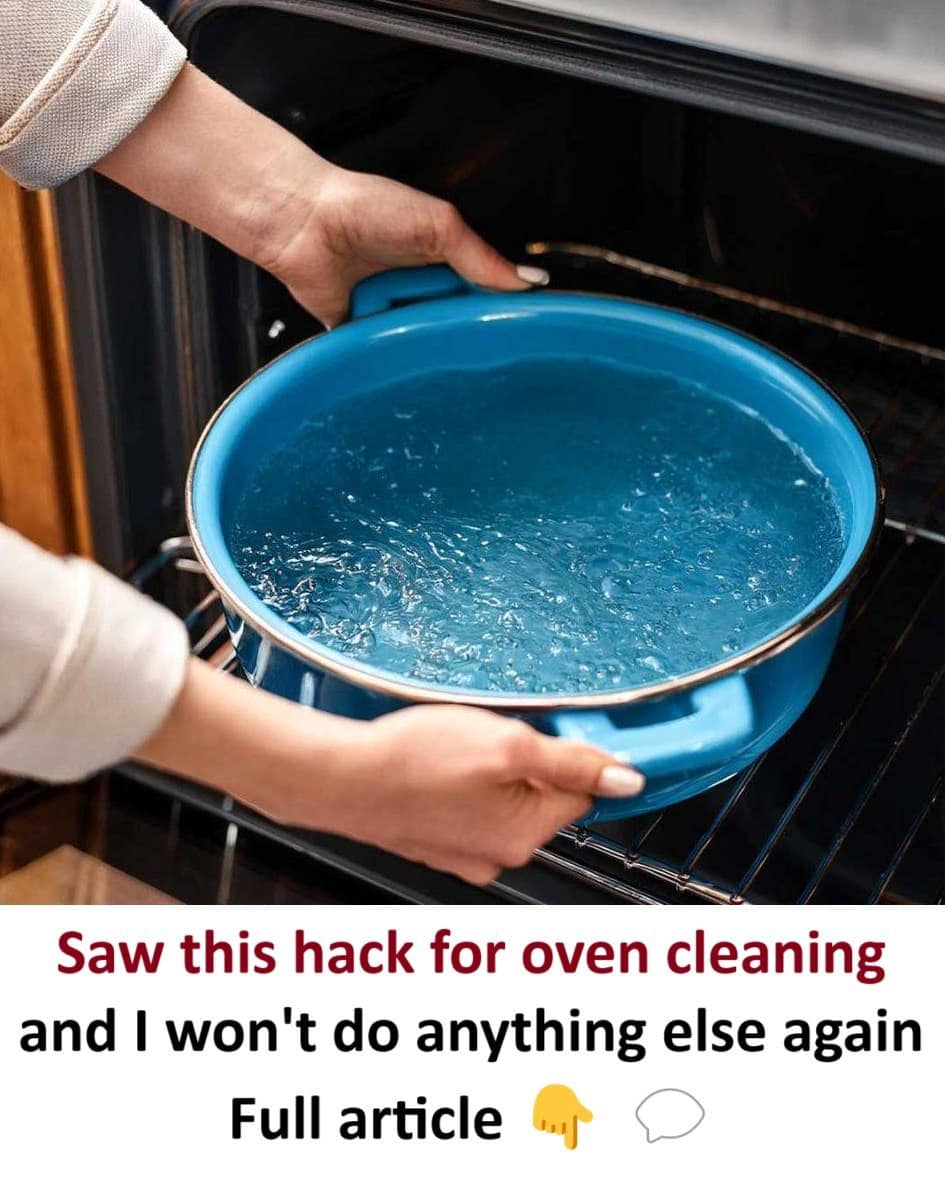ADVERTISEMENT
Step-by-Step Instructions:
1. Remove Oven Racks and Clean Them Separately
Start by removing the oven racks from the oven. These can often get covered in grease and food debris as well, so it’s best to clean them separately. You can soak the racks in warm, soapy water for 15-20 minutes to loosen up any dirt. Use a sponge or a brush to scrub off any remaining residue. Set them aside to dry while you clean the oven.
2. Make a Baking Soda Paste
In a small bowl, combine 1/2 cup of baking soda with a few tablespoons of water. Mix until it forms a thick paste. You may need to adjust the water slightly to get the right consistency. The paste should be spreadable but not runny.
3. Apply the Baking Soda Paste to the Oven Interior
Put on your rubber gloves (if using) and spread the baking soda paste over the interior surfaces of the oven. Be sure to cover all areas with grease buildup or grime, including the walls, floor, and ceiling of the oven. Avoid applying the paste to the oven’s heating elements or electrical components.
Let the paste sit for at least 12 hours (overnight is ideal), allowing it to break down the grease and grime. This is a key step—don’t rush it! The baking soda paste needs time to work its magic.
4. Wipe Away the Baking Soda Paste
After allowing the paste to sit for the recommended amount of time, take a damp cloth or sponge and begin wiping the paste off the oven surfaces. You’ll notice that much of the grease and grime comes off easily with just a bit of wiping. Don’t worry if some residue remains in tough spots—this is where the next step comes in.
5. Spritz with Vinegar
Once most of the baking soda paste is wiped off, grab your white vinegar and pour it into a spray bottle. Lightly spritz the areas with vinegar. The vinegar will react with the baking soda, creating a fizzing effect. This fizzing action helps to lift off any remaining residue, making it even easier to wipe away.
You may need to wipe the surfaces down with a damp cloth or sponge once more, but the reaction between the vinegar and baking soda should break down the toughest spots.
6. Clean the Oven Glass (If Needed)
If your oven has glass doors, don’t forget to clean them as well! You can use the same baking soda paste to gently scrub the glass. Apply the paste, let it sit for a few minutes, and then wipe it away with a clean cloth. For extra sparkle, spritz some vinegar onto the glass and wipe with a microfiber cloth for streak-free results.
7. Reassemble the Oven
Once the oven is clean, replace the oven racks and give everything one final wipe down to ensure it’s dry and spotless. Now, your oven is fresh, clean, and ready to use again!
Why This Method Works
So why does the combination of baking soda and vinegar work so effectively? Here’s how these two ingredients break down grease and grime:
- Baking Soda: Baking soda is mildly alkaline, which allows it to break down and dissolve grease, oil, and food particles. It also helps to neutralize odors, leaving your oven smelling fresh.
- Vinegar: Vinegar is a natural acid, which helps to cut through grease and dissolve mineral deposits. When combined with baking soda, the fizzing reaction lifts away grime without requiring a lot of elbow grease.
This method is incredibly effective for cleaning even the most stubborn oven buildup, and because it’s chemical-free, it’s safe for you, your family, and the environment.
Additional Tips for Keeping Your Oven Clean
While the baking soda and vinegar method is a powerful way to clean your oven, there are a few extra tips that can help you keep your oven cleaner for longer:
- Clean Spills Immediately: If you spill food in your oven while cooking, try to clean it up as soon as possible. This prevents the food from hardening and becoming more difficult to remove later. Use a damp cloth or sponge to wipe away any fresh spills before they bake on.
- Use a Liner: Consider using an oven liner or placing a sheet of aluminum foil on the bottom of the oven to catch spills. Just be sure to check your oven’s manual to make sure it’s safe to use a liner in your specific model.
- Regular Maintenance: Clean your oven every 3-4 months to prevent significant buildup. Regular maintenance will keep your oven looking clean and ensure optimal performance.
- Self-Cleaning Option: If your oven has a self-cleaning function, it can be a great option for tackling tough grease. However, make sure to follow the manufacturer’s instructions to ensure safety.
Conclusion: A Cleaner Oven with Less Effort
Cleaning the oven doesn’t have to be a chore that takes hours of scrubbing. With the simple trick of using baking soda and vinegar, you can get your oven looking like new with minimal effort and without relying on harsh chemicals. By letting the baking soda paste sit overnight and using the fizzing reaction of vinegar to lift grime, you’ll save time and energy while still achieving a spotless, fresh oven.
Now that you have this trick in your cleaning arsenal, you’ll never have to fear tackling that dirty oven again. So, go ahead and try it for yourself—you’ll be amazed at how easily your oven can shine!
ADVERTISEMENT
